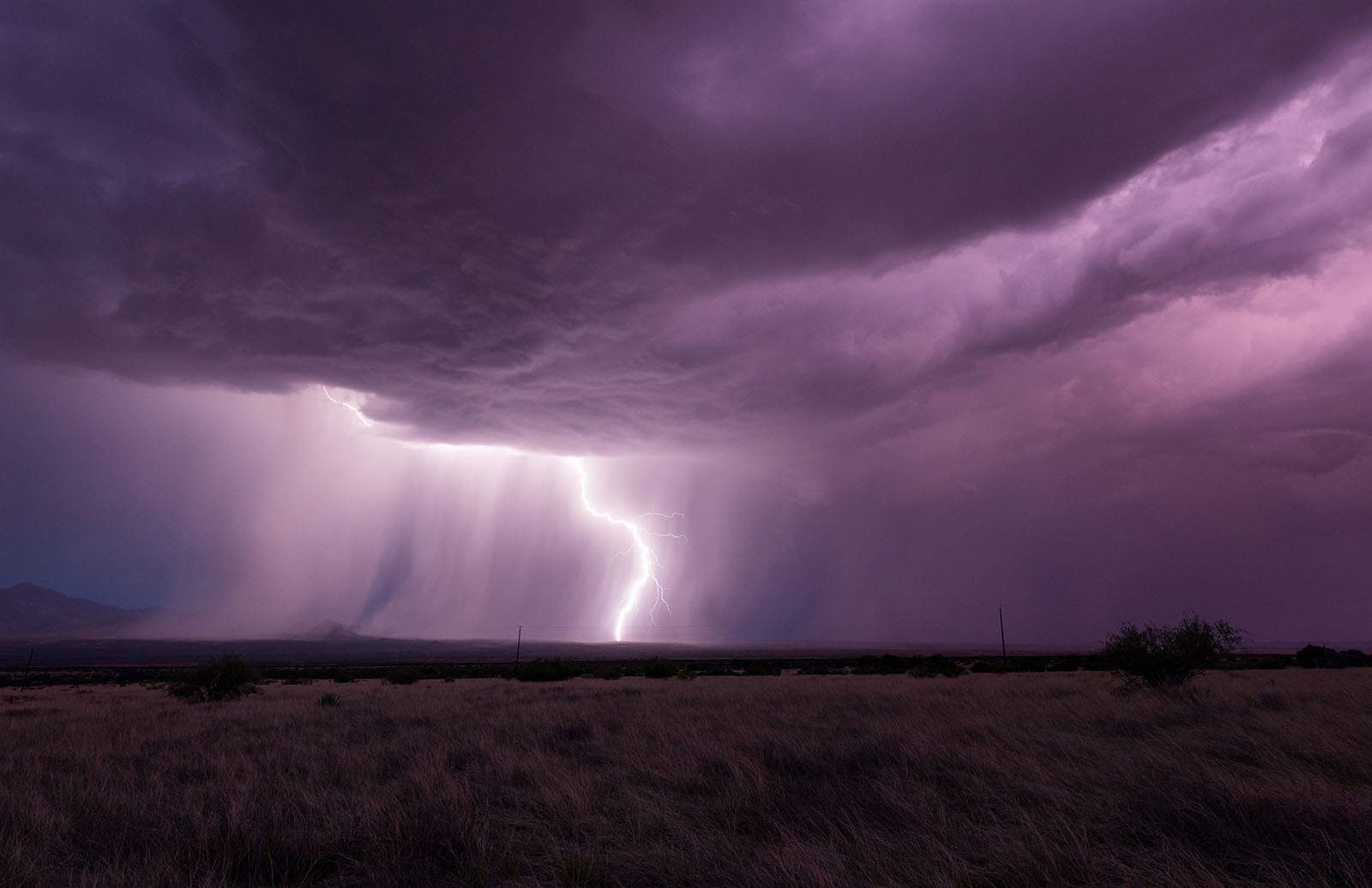A spy plane retrofitted with research equipment has discovered some very intriguing things while observing thunderstorms in the tropics. According to a new paper published by the researchers behind the retrofitted spy plane, it appears that storms in the tropics are actually littered with medium-duration gamma rays, which could completely change what we know about how lightning forms.
The new papers, which were published in the journal Nature this month, describe in great detail the data that the researchers gathered while observing the atmosphere during tropical thunderstorms. According to that data, the lightning within those storms could very well be caused by long-duration gamma-ray emissions that sweep across parts of the atmosphere throughout the storm’s duration.
This discovery is very heavily founded on the identification of a new phenomenon called flickering gamma-ray flashes (or FGFs). The researchers say they can’t help but ponder the exact relationship between the flashes and other forms of gamma radiation that might come from the thunderclouds. Further, they believe that understanding this nature could help us better understand how lightning forms and give us a better understanding of storms overall. Perhaps even enough to control lightning in different ways.

FGFs are a much weaker version of terrestrial gamma-way flashed (FGF) which we’ve been observing from space since the 1990s, a physicist named Martino Marisaldi explained to Gizmodo. Because of how week FGFs are, you often have to get much closer to a thundercloud to observe them—sometimes even directly on top of it.
That’s why the team used a retrofitted NASA-owned spy plane to fly above the thunderstorms in the tropics. This plane, a modified version of Lockheed Martin’s U-2 aircraft, allowed them to detect the gamma-ray glows as they lasted for hours. These newly described FGFs appear to last much longer than the terrestrial bursts and could hopefully provide us with more information on how lightning forms overall.
That’s because they are remarkably different from TGFs, and yet they carry some of the features of both TGFs and regular gamma-ray glows. Because of this, the researchers believe they could act as a missing link between the two phenomena and thus give us a more detailed understanding of each one in turn. Understanding how lightning forms and even why it forms will hopefully answer a lot of questions, such as how a volcanic eruption triggered a powerful lightning storm.








